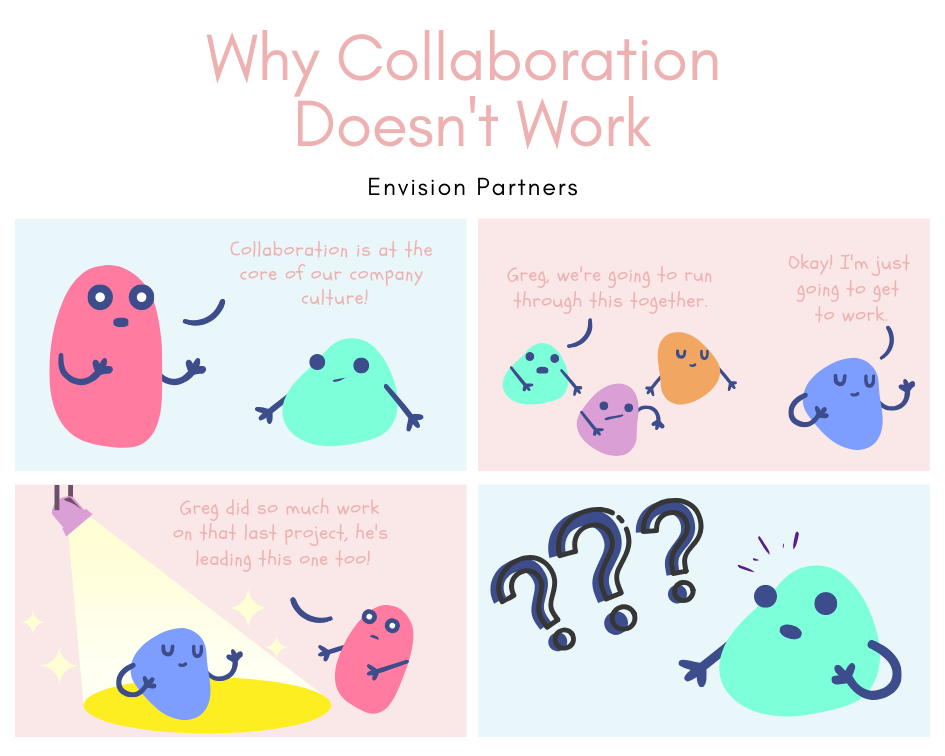A Review of Mid-Year Reviews
The upside of setting annual goals is that goals are made. The upside of the mid-year review is that progress on the goals is reviewed. The downside of focusing on the annual goals and the mid-year review is that they are often considered as the only time to set goals and review progress on those goals. Goal setting and review have become too formalized to be maximally effective.
We have come to see the beginning of the annual cycle—calendar or fiscal, depending on your company—as the magical moment in the year when full clarity to the future is available to all supervisors. I’ve had enough goal setting conversations with managers and team members to know that goal setting on an annual basis is really pretty hard–but as soon as they are down on paper, those goals seem immutable. That’s usually because we don’t want to revisit them and go through that goal setting struggle again.
Two reasons why mid-year reviews often take place in the eighth or ninth month are 1) because we are delaying giving critical feedback on the goals and 2) the feedback might not be appropriate because the goals probably are no longer appropriate, and setting new goals seems like a lot of work—so we avoid it.
Goal setting and progress reviews are very valuable tools, but the way we do it is largely ineffective. Let’s try reframing.
What if we took the pressure off of setting annual goals? In today’s workplace pace, how many strategies or goals stay consistent for a full year? Are these 4 goals set at the New Year (likely Valentine’s Day) going to be the top priority until Christmas? Company strategies change; personal strategies change. What would happen if we assume that goals set today are not going to be accurate in 3 or 6 months, let alone 12 months? We know from experience that short-term goals are more likely to get completed than long-term goals. Of course, setting shorter term goals means there needs to be more reviews of those goals.
This approach is often referred to as evergreen. Living. Totally mutable. Not dormant. What worries you about this approach?
For some managers, it is about the time it takes to set new goals. The reality is that if you’ve set four 3-month goals it’s not likely that all 4 will have to be modified in the short-term review. Imagine how many strategies are prioritized because executing on that strategy is in someone’s annual performance plan, so they just keeping working on something irrelevant. How much time and resources is that wasting?
As the manager, are you doing more work on evaluating goal progress than the employee? Let your team members write their own assessment of progress. Let them tell you which goals need to change, why it needs to change, and to what. The judgement you need to make is whether the goal should actually change. You make this decision based upon your knowledge of larger company strategy and weighing the evidence that the goal is relevant to that strategy or achievable by this employee given available resources.
Finally, if the fear of giving feedback is also delaying the conversation about the appropriateness of goals, what if we separated progress review from goal-setting?
Like short-term goals are more effective, short-term (immediate) feedback is more effective. The mantra is that there should be no surprises at the mid-year review (and given what’s been said so far, there shouldn’t be just a “mid-year review”). By the end of 6 months, there’s bound to a list of critiques that would make anyone queasy. What would my 6-month list of mistakes look like?
A good practice is that negative feedback should never be mixed with other content. (That probably applies to positive feedback too.) If it’s small feedback, make it informal—and immediate as appropriate. If it’s a large feedback, make a special meeting—and as immediate as appropriate. Keep the conversation focused on the feedback and how to remedy or improve the situation. Don’t then move on to new content if you expect either part of the conversation to be effective. If you just spoke to someone about why they lost a potential client, are they ready to talk about setting stretch goals? Too often, the end-of-year review (negative feedback included) and the goal setting conversations take place in the same meeting.
Goal setting and goal review are powerful tools. Because they have been usurped and formalized by the organization, they’ve had that power sucked out of them. Take back control and create a set of methods that are useful for you and your team.











A 3-step process to help you and your employees create lasting behavioral change.